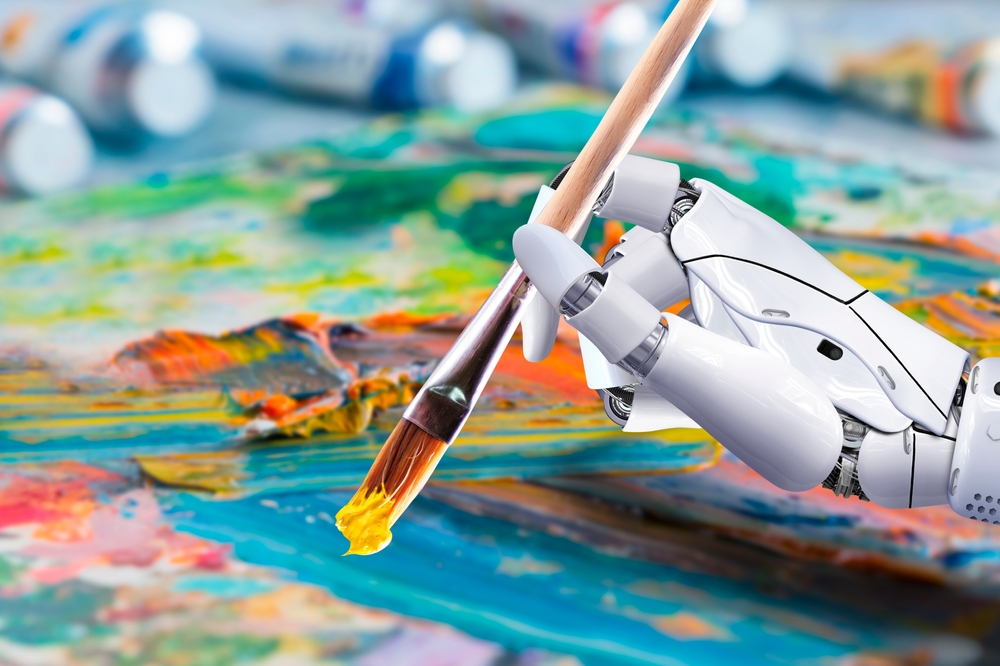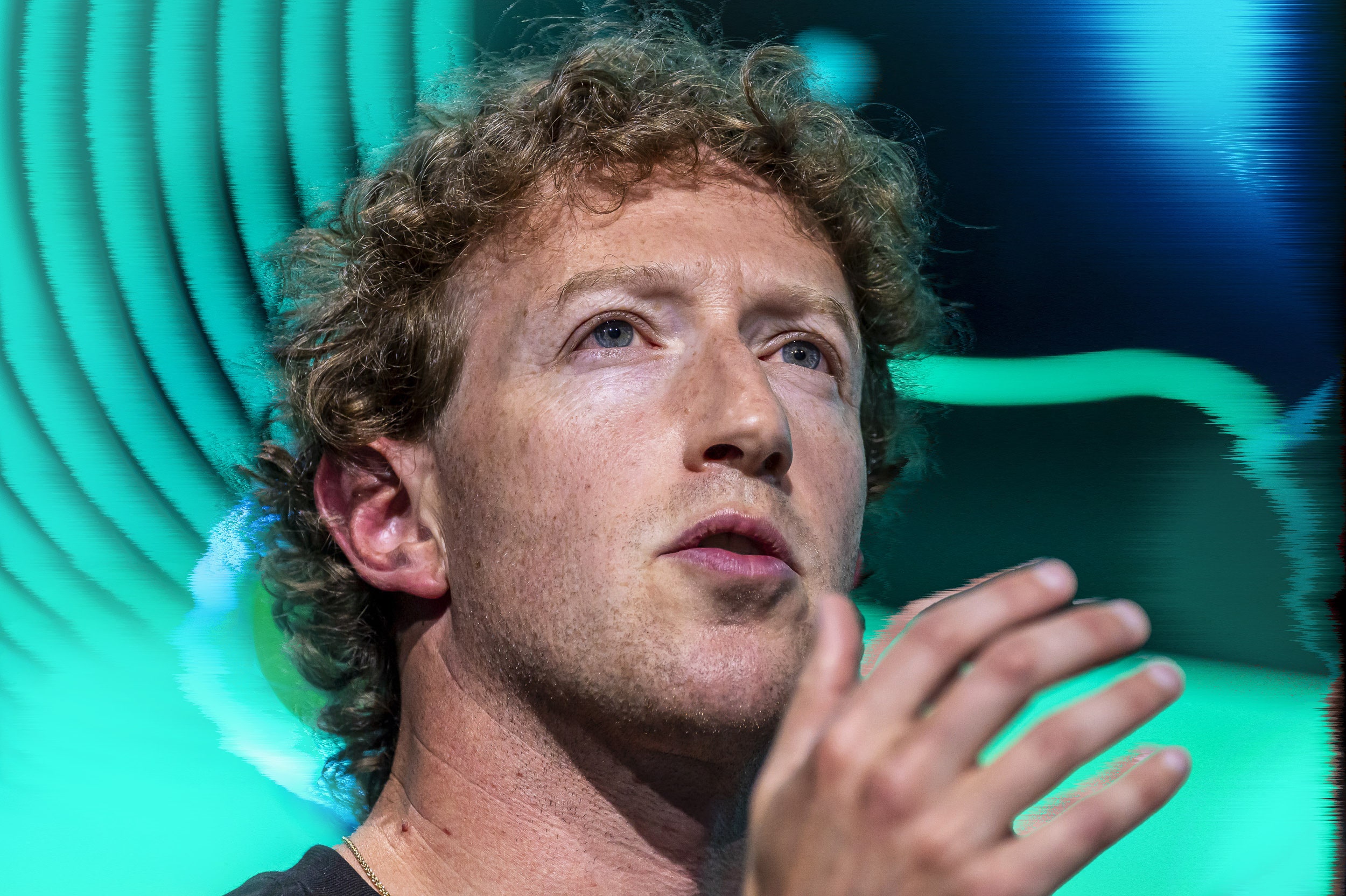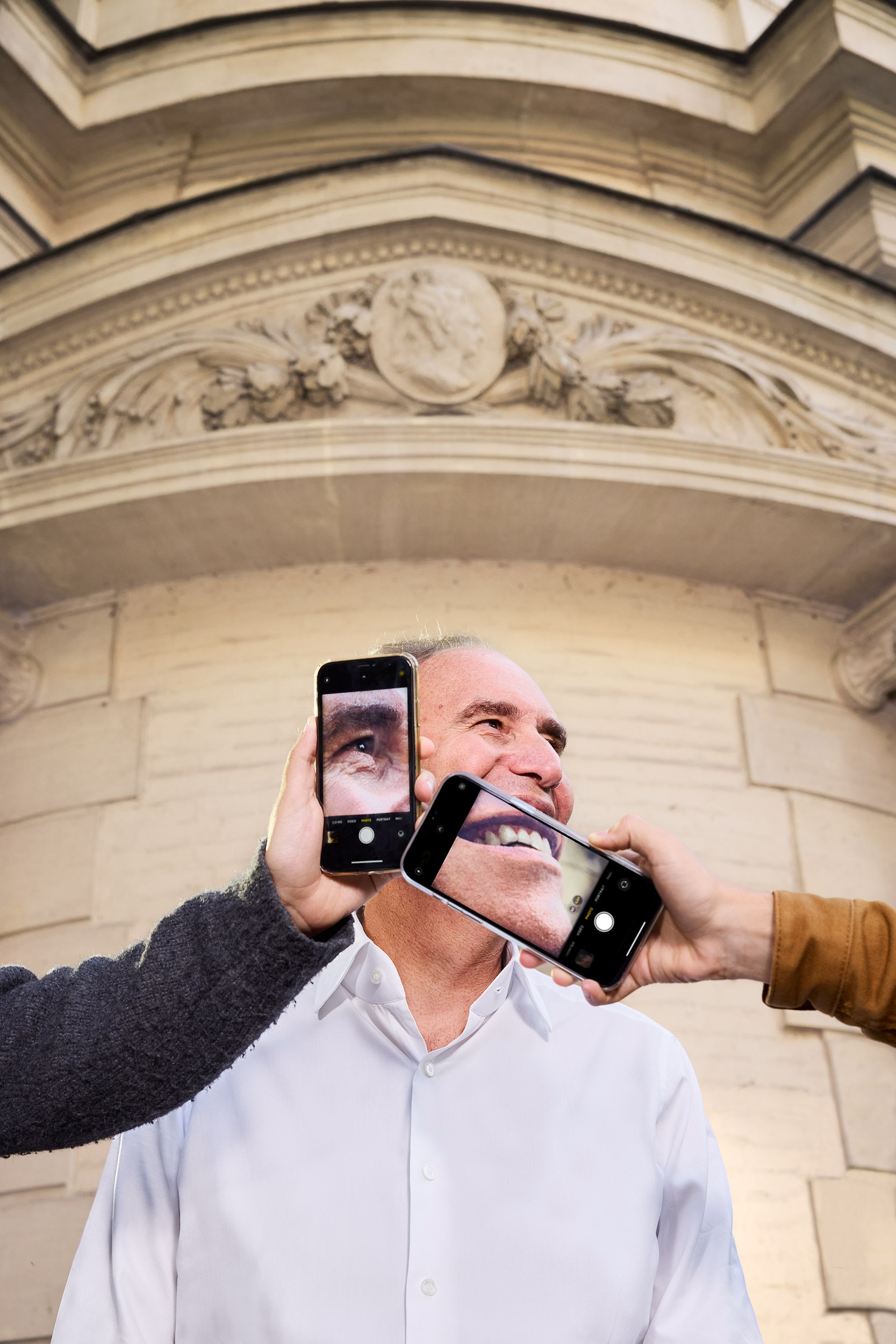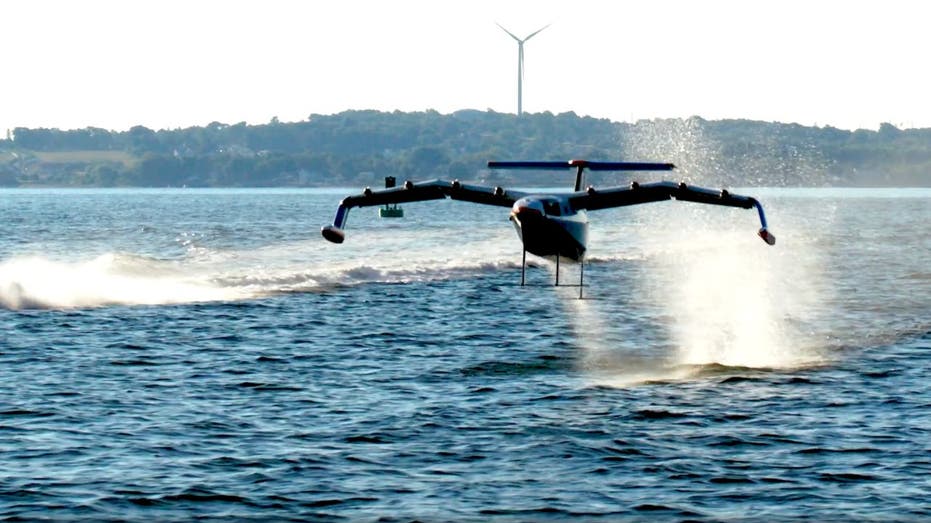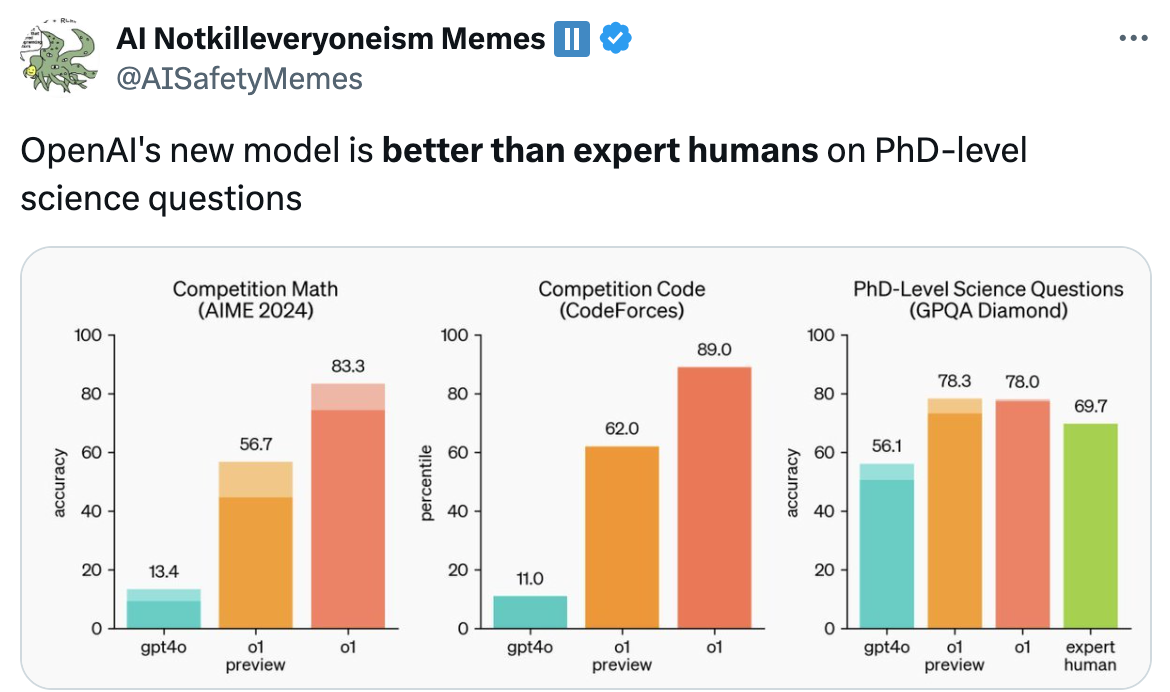The creative industries undoubtedly face disruption from generative AI, but to what extent? And where will it lead?
Impact timelines and trajectories remain fluid, but as these technologies emulate what we most thought were uniquely human skills, anxiety is spreading, and impacts are becoming more real.
Generative AI’s impending impact on the creative sector was acknowledged in early 2023 when the Writers Guild of America (WGA) went on strike in the US.
The WGA represents the country’s entertainment and media writing industry; the strike advocated for fairer rules surrounding streaming payments and protection from AI job losses.
Virginia Doellgast, Professor of Employment Relations and Dispute Resolution at Cornell University in New York, said of the WGA strike, “The fear is that AI could be used to produce first drafts of shows, and then a small number of writers would work off of those scripts.”
At that time, we also saw evidence of Hollywood’s film and TV industry showing serious interest in generative AI, including the AI on the Lot event in LA, demonstrating hundreds of exhibits on how AI will shape the industry.
This included some pretty lewd examples of AI tools generating cartoons, film scenes, animations, and other artwork that once distinctly lay under human purview.
An attendee captured the mood: “Energy at a high, but also anxiety. This is what innovation feels like.”
Later in 2023, the Screen Actors Guild and the American Federation of Television and Radio Artists (SAG-AFTRA) union joined the WGA in the first dual Hollywood strike in 60 years.
AI was a frontline issue, with Hollywood’s A-list frontmen and frontwomen decreeing an end to the technology’s influence over the creative sector. Both the WGA and SAG-AFTRA eventually struck deals to curb AI’s impact on jobs, but these might prove short-lived – especially given the generative AI threat today is already vastly superior to the threat then.
Amidst this backdrop of labor disputes, the entertainment industry was also grappling with a wave of layoffs. High-profile companies within the sector, including giants like Riot Games, Unity Software, Amazon MGM Studios, Pixar, and Universal Music Group, announced job cuts within the first few weeks of 2024.
These layoffs were attributed to a variety of factors, including economic pressures, shifting business strategies, and the need to streamline operations in the face of technological advancements.
Companies typically deny the involvement of AI in their decisions to cut jobs – or at least cite it as a short-term catalyst rather than a deciding factor.
To observers in the creative industry, this is the smoking gun precipitating a potential avalanche of job losses.
With mounting pressure from generative AI’s near-daily evolution, a collective groan of uneasy acceptance rings out: “It begins.”
Understanding the extent of AI job losses for the creative industry
So, what evidence, other than primarily anecdotes, do we have of AI-related job losses in the creative industries?
A recent study produced by consulting firm CVL Economics, based on the views of 300 influential leaders from across the entertainment sector, attempts to quantify potential job losses.
The study, FUTURE UNSCRIPTED: The Impact of Generative Artificial Intelligence on Entertainment Industry Jobs, predicts that California alone will feel the full force of AI-related job losses in the US, with 62,000 jobs within film, television, music, and gaming being disrupted over the next three years.
This figure balloons to an estimated 204,000 jobs nationwide, highlighting a broad trend of technological upheaval across the sector.
The Animation Guild commissioned the study and intends to use it to fortify its defenses against AI, which ought to indicate that this isn’t the most objective analysis.
But to rubbish the report would be to call the participants liars, too, and plenty of decisions are based on purchased research in the corporate and tech sector, so artists argue they have to fight fire with fire.
Brandon Jarratt, a prominent figure on the Animation Guild’s executive board and its AI task force, said of the report, “The data is a window into the attitudes and intentions of the most powerful people in the industry when it comes to AI.”
He further elaborated on the underlying fears associated with AI, attributing them to the studios’ relentless pursuit of cost-cutting measures to fulfill financial projections, which could potentially exploit AI technologies.
Nicole Hendrix, co-founder of the Concept Art Association, who found the findings “chilling,” also said, “When you’re looking at any technology that’s essentially replacing [or consolidating] a junior or entry-level role … it is harming the ecosystem.”
Specific industry impacts
The film, television, and animation sector, with a workforce of nearly 550,000, might see some 21% of jobs disrupted by 2026 due to the integration of generative AI into tasks like 3D modeling, character design, and voice generation.
California and New York, as industry epicenters, face the highest potential for job disruption.
Some 44% of firms already use generative AI for 3D modeling tasks and 39% for character and environment design. The technology’s application in these areas accelerates changes in job roles, with an anticipated 21.4% of jobs in this sector potentially affected by 2026, translating to approximately 118,500 positions.
In music and sound recording, generative AI adoption is slower, with an expected 1,800 jobs being at risk by 2026. Voice generation, a field led by companies like ElevenLabs, will have a key impact here.
The gaming industry, characterized by rapid technological evolution, embraces generative AI, with 86.7% of firms identified as early adopters. By 2026, this sector could see 13.4% of its workforce, or 52,400 jobs, affected.
Generative AI tech used across the production spectrum, from concept art to post-production, positions this industry at the nexus of innovation and workforce transformation.
We’ve seen generative AI products from leading game design platforms like Unity, which was criticized last year for ripping off artists in an effort to replace them.
Not just about the jobs, but the principle, too
Thrown into this melting pot, Midjourney, an AI image generation model, was exposed for using the styles of 16,000 artists without their consent.
This incident, while further highlighting the potential for job displacement due to generative AI, also spotlights deeper, more existential concerns about the essence of creativity, artistic integrity, and the sanctity of intellectual property.
In this debate, we’ve caught a glimpse into the deeper philosophical underpinnings of art and aesthetics, shown by how, to many creators, the replication of creative work indicates a particularly ethically condemning form of AI job replacement.
Professional artists have an obvious attachment to their work, so it stands to reason that having their work displaced feels like losing a very real part of their lives.
This is reminiscent of Hannah Arendt’s seminal work, “The Human Condition,” where she delineates human activities into labor, work, and action. Arendt categorizes “work” as the creation of durable objects that contribute to the human-made world – a world where AI can now contribute.
The controversy surrounding Midjourney’s appropriation of artist styles without consent mirrors Arendt’s concerns about the value and authenticity of art in the age of mechanical reproduction.
Arendt’s philosophy prompts us to question whether creations devoid of human intentionality and lived experience can truly embody the depth and richness that define artistic expression.
In this industrial modernist age, Arendt says, “all the values characteristic of the world of fabrication – permanence, stability, durability…are sacrificed in favor of the values of life, productivity, and abundance.”
In essence, ‘labor’ replaces genuine, creatively-driven ‘work’ – a trend critics might see accelerated by AI.
Of course, there is the counter-view that AI is set to augment the human experience and transcend what it means to be human – something that conjures both eutopic dreams and dystopian nightmares.
Advocates argue these technologies make traditionally arduous tasks easier, freeing artists and entertainers to pursue more meaningful creative work.
Much as tools like word processors and Adobe suites enhanced workflows vs. fully replacing writers and designers, the thinking goes that AI can fill drudgery gaps without usurping truly human ideation skills anytime soon – something we saw in the music industry when sampling and electronic music production democratized the process of creating music, leading to hundreds of new genres from hip hop to house.
Does generative AI follow this pattern? Artists are rightly skeptical, hence why they’re taking matters into their own hands and using tools like the University of Chicago’s Nightshade to ‘poison’ models from the inside.
There could well be many other ways for people to ‘take the power back’ against what they consider AI misuse.
Might we see the formation of an anarcho-primitive movement consisting of newly converted Luddites who have lost their jobs – more – their life’s work and meaning – to generative AI?
